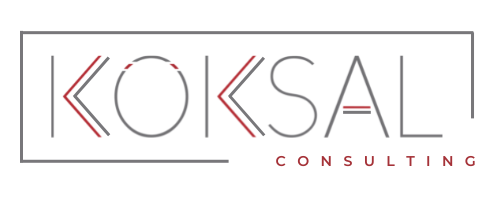Report:
In the district of Çamlıbel in Tokat, news articles have been published about serious complaints among workers in a shoe factory, including nausea, loss of appetite, weight loss, numbness in limbs, and loss of walking ability. It has been reported that the symptoms and findings vary among the workers, with more than 10 of them currently receiving tests and treatments at Tokat Gaziosmanpaşa University, Ankara Etlik City Hospital, and Ankara Bilkent City Hospital.
The Turkish Thoracic Society Occupational Lung Diseases Working Group issued a written statement warning about the issue. They stated that the solvents used in shoe manufacturing, such as toluene, n-hexane, and similar substances, are inhaled into the respiratory system and absorbed by the body due to their volatile properties. The statement highlighted that these chemicals can cause irritation, weakness, fatigue, nausea, and can also affect the nervous system, liver, and kidney functions.
The Turkish Thoracic Society Occupational Lung Diseases Working Group emphasized that in addition to high-dose exposure in a short period of time, exposure to low levels of these substances over a long period can also lead to significant intoxication. They stated that exposure to solvents used for adhesion purposes, such as toluene and n-hexane, can result in the development of polyneuropathies, which is the loss of nerve functions in the body. Prolonged exposure to these substances can lead to symptoms such as nausea, loss of appetite, weight loss, and eventually, loss of motor functions such as numbness, tingling, and difficulty walking in the long term. Even if exposure to these substances is stopped, it can take months for patients to recover.
The Turkish Thoracic Society highlighted that there have been numerous publications reporting similar findings in Turkey and worldwide. They made the following recommendations:
1. The Workplace Hazard Classes List attached to the Regulation on Workplace Occupational Health and Safety should be amended under the heading “15.2 Shoe, boot, slipper, etc. manufacturing.”
2. In the current list, all subcodes under this heading are classified as “Hazardous,” resulting in a maximum periodic examination frequency of once every three years. For this sector, especially in workplaces where health-impacting solvents such as n-hexane are used, the hazard class should be defined as “Highly hazardous,” and periodic examinations should be conducted at least once a year.
3. For industries with a risk of solvent exposure such as shoe manufacturing, the evaluation of solvent metabolites should be included in periodic screenings. Toxicological analysis laboratories capable of conducting such analyses should be expanded and increased in numbers nationwide. Even if health institutions authorized to issue health council reports for occupational diseases do not have the facilities to perform these tests, reference laboratories should be established and designated to ensure the direct conduct of these tests.
4. All costs for toxicological screenings should be unconditionally reimbursed for all health institutions authorized to issue health council reports for occupational diseases.
5. All tests under the title “9.E. Occupational Diseases Laboratory Tests” in the Health Services Implementation Regulation Annex-2B Point List should be reimbursed for all health institutions authorized to issue health council reports for occupational diseases, and the requirement of being referred by the Social Security Institution should be removed.
6. Special occupational health and safety programs should be developed and implemented for this industry. The participation of stakeholders such as the Ministry of Health, the Ministry of Labor and Social Security, universities, unions, civil society organizations, and all relevant parties is crucial.
ESG Risks:
– Occupational health and safety risks: The content highlights the health issues faced by workers in a shoe factory, indicating potential risks related to occupational health and safety. Companies need to ensure safe working conditions to mitigate these risks and comply with regulations.
– Chemical exposure risks: The use of solvents such as toluene and n-hexane in shoe manufacturing poses risks of chemical exposure to workers. These chemicals can cause respiratory and neurological issues, as well as affect liver and kidney functions. Companies should implement measures to minimize exposure and protect workers’ health.
Vulnerable Groups:
– Workers in the shoe factory: The affected or vulnerable group identified in the content is the workers employed in the shoe factory. They are experiencing health issues and require medical treatment. These workers need protection and support to ensure their well-being.
Organizations:
– Turkish Thoracic Society Occupational Lung Diseases Working Group: They issued a statement highlighting the risks and making recommendations for addressing the health issues faced by workers in the shoe factory. They play a role in raising awareness and advocating for improved occupational health and safety measures.
Regions:
– Çamlıbel, Tokat: The district in Tokat, Turkey, is mentioned as the location of the shoe factory where workers are experiencing health issues. This region is directly affected by the identified ESG risks.
Sectors:
– Shoe manufacturing: The content specifically refers to the shoe manufacturing sector, where the identified ESG risks are prevalent. Companies operating in this sector need to address the risks related to chemical exposure and occupational health and safety.
Keywords:
– Shoe manufacturing
– Occupational health and safety
– Chemical exposure
– Solvents
– Health issues
– Workers
– Supply chain
– Due diligence
– Regulations
– Turkish Thoracic Society
